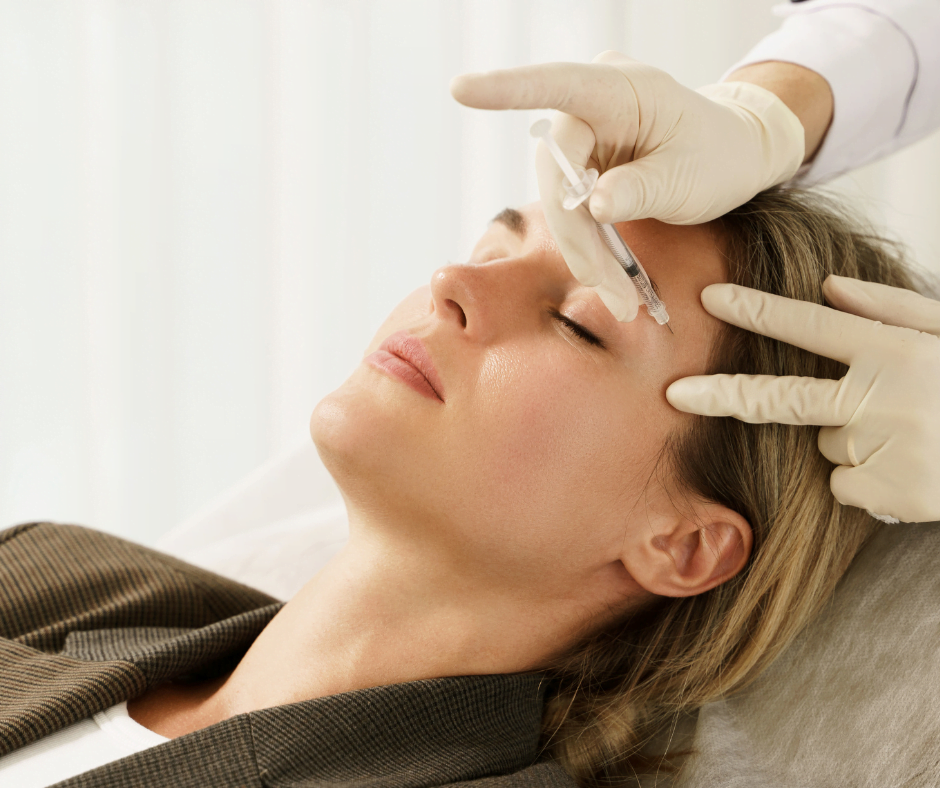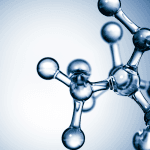Dermal fillers are no longer a single category of “volume products.” Many practices now use a mix of hydrators, volumizers, and biostimulators (collagen-stimulators). That shift changes how clinics evaluate safety, training, and supply chain fit. In many aesthetic medicine settings, the operational question is whether your team can support consistent technique, documentation, and traceability across multiple filler types.
Recent innovation is also changing expectations around texture, spread, and longevity. Those properties are influenced by chemistry, manufacturing, and device-specific labeling. A clinic-focused review helps you translate “new” claims into practical, auditable choices.
Key Takeaways
- Think by class: Compare filler material classes before comparing brands.
- Match product to workflow: Storage, documentation, and follow-up burden vary.
- Train to complications: Standardize recognition and escalation pathways.
- Source for traceability: Prioritize lot-level records and verified distribution.
What’s Changing in Dermal Filler Technology
“Advancements” in fillers often show up as incremental changes in material science and handling. Hyaluronic acid (HA) products continue to diversify in crosslinking approaches, viscosity, and elasticity. Non-HA options have expanded too, especially biostimulatory materials designed to support gradual tissue change rather than immediate volume alone. Many clinics also add “skin quality” injectables to their menus, which can blur lines between filler, hydrator, and biorevitalizer (skin-supporting injectable).
For a structured view, it helps to start with a class-level map. The Dermal Fillers category hub is a practical way to browse what’s commonly grouped together operationally. For deeper clinical orientation across types, the overview Types Of Dermal Fillers can help teams align terminology before updating protocols.
Rheology, Crosslinking, and Tissue Integration
Rheology (how a material flows and resists deformation) matters because it influences injection feel, spread, and the risk profile in different planes. Crosslinking chemistry affects how HA behaves in tissue, including swelling tendency and enzymatic degradation patterns. Manufacturing choices can also affect gel homogeneity, particle size, and extrusion force. Those properties are not interchangeable across brands, even when they share the same base material. Your protocols should therefore treat a “switch” as a change in device behavior, not a like-for-like swap.
Why it matters: Small handling differences can drive big differences in consistency across injectors.
Teams also need to keep the HA versus non-HA distinction clear in training materials. The comparison article Hyaluronic Vs Non-Hyaluronic Acid Fillers is useful for standardizing language. When discussing collagen-stimulators, the overview Poly-L-Lactic Acid In Non-Surgical Treatments can support onboarding and competency checklists.
Finally, innovation is not limited to “new products.” It also includes new combinations of services, new consent emphasis, and new follow-up expectations. Trend summaries such as Non-Surgical Aesthetic Treatments For 2025 can help procurement and clinical leaders anticipate what patients may ask for next, even if you do not adopt every trend.
Access is typically limited to verified licensed healthcare accounts.
Where Dermal Fillers Fit in aesthetic medicine Today
Dermal fillers now sit within a broader “injectables portfolio” that may include neuromodulators, skin boosters, and regenerative-adjacent offerings. That portfolio approach changes how you build treatment pathways, patient education materials, and scheduling templates. It also changes how you train staff to talk about realistic outcomes and variability without overpromising.
For many practices, the operational baseline is standardization. You want consistent product naming in the EMR, consistent lot tracking, and consistent aftercare documentation. You also want a clear boundary between what is on-label versus off-label, with your own documentation reflecting that distinction. If your practice also offers neuromodulators, viewing injectables side-by-side can help with inventory planning and staff competency mapping across categories like Botox Category.
Safety Signals: Evidence, Journals, and Competency
Filler safety is not only a complication conversation. It is a system design issue. Clinics reduce risk when they align product selection with injector skill, anatomical training, and escalation resources. That includes recognizing that adverse events can differ by material class, depth, and site. It also includes recognizing that technique drift happens over time, especially when teams add new devices quickly.
Many clinics use journal monitoring as a lightweight safety practice. Staff may scan an aesthetics journal or an aesthetic surgery journal for new consensus language, case reports, and technique discussions. An aesthetic dermatology journal can be especially helpful for adverse event patterns that show up in skin-focused practices. Journal reading is not a substitute for training, but it can guide where to update internal checklists.
Credentialing and Privileging in a Mixed-Injector Team
Credentialing models vary by state, specialty, and site policy. Still, many practices share a few operational steps. Define injector roles clearly (for example, physician, NP/PA, RN) and map each role to a written competency framework. Document training history in a way that can be audited later. Avoid relying on informal shadowing alone. Aesthetic physician oversight and escalation rules should be explicit, especially when coverage rotates.
When reviewing external education, focus on content quality and supervised skill development rather than marketing language. “Course completion” is a starting point, not proof of ongoing competency. Consider whether the program addresses anatomy, complication recognition, product handling, and documentation habits. Also confirm how new products are introduced to the team, including proctoring expectations.
Product Evaluation and Sourcing for Clinics
Clinic purchasing decisions can fail for reasons that have little to do with clinical performance. The most common gaps are documentation gaps: unclear product identifiers in invoices, missing lot records, and inconsistent naming in the chart. Across aesthetic medicine procurement, those gaps can become operational risk during internal QA reviews, external audits, or adverse event follow-up. The fix is usually simple, but it requires discipline and a single workflow that everyone follows.
A practical approach is to evaluate products in three layers: device class, clinic fit, and supply reliability. Use published labeling to confirm indications, contraindications, and storage requirements. Then confirm your clinical pathway: where the product is used, who can administer it, and what follow-up documentation is expected. If you stock multiple HA lines, a structured comparison article like Restylane Vs Juvederm can help teams separate “portfolio decisions” from “single-SKU decisions,” even when you choose different brands.
How to Compare Fillers Without Overreaching
Comparisons work best when you anchor them to decision factors you can verify. Marketing claims often blend patient-reported outcomes, technique differences, and selected endpoints. Try to build your internal evaluation around label, handling, and workflow impact. If you use product examples for internal training, keep the language neutral and avoid implied superiority.
- Material class: HA versus biostimulatory versus hybrid concepts.
- Handling profile: extrusion force, spread, and palpability observations.
- Operational load: storage conditions, reconstitution steps, documentation burden.
- Supportability: supplier documentation, lot traceability, and return policies.
Clinics often prefer suppliers who source brand-name inventory through vetted distributors.
When you reference specific products in your internal library, treat those pages as identifiers rather than clinical claims. For example, product listings such as Teosyal RHA, Radiesse 3 mL, or Sculptra 2 Vials can help staff confirm the exact SKU that matches your ordering and receiving records. For broader staff education on selection logic, the overview Popular Dermal Fillers For Face can support discussion, as long as your clinic still defers to labeling and your own competency framework.
Clinic Workflow Snapshot: Receiving, Storage, and Traceability
A clean injectables workflow protects patients and your practice. It also reduces wasted time during inventory reconciliation. The goal is consistency: any trained staff member should be able to verify what arrived, where it is stored, and which patient record it maps to. For aesthetic medicine injectables, that discipline becomes more important as your clinic adds more SKUs and more injector roles.
Policies vary by site and jurisdiction, so keep your workflow aligned with your compliance team and supplier documentation. Start by identifying a single “source of truth” for each product: invoice, packing slip, or receiving log. Then make sure your EMR naming matches what you receive, including any relevant identifiers.
Quick tip: Build a standard field for lot and expiry entry.
- Verify: confirm the shipment matches the invoice and SKU list.
- Document: record lot number, expiry date, and quantity received.
- Store: follow labeled storage conditions and segregation rules.
- Stage: control access and track movement to treatment rooms.
- Administer: record product identifier, lot, and site in the chart.
- Reconcile: match used units back to inventory and waste logs.
Some suppliers can provide documentation that supports authenticity and manufacturer-traceable records.
Common Pitfalls to Prevent in Daily Operations
Most filler-related operational issues are preventable. They usually come from small inconsistencies that multiply across staff and locations. The clinic leader’s job is to make the “right way” the easy way. That includes templates, training refreshers, and clear boundaries around substitutions.
In aesthetic medicine clinics, the highest-risk pitfall is treating traceability as optional. When a patient calls weeks later with a concern, you need quick access to the specific product identifier and lot information. You also need consistent documentation language so chart review does not become interpretive detective work.
- SKU drift: switching lines without updating EMR picklists.
- Lot gaps: recording brand but skipping lot and expiry.
- Informal training: adding new products without competency checks.
- Consent mismatch: using generic forms for different device classes.
- Storage variance: inconsistent handling between rooms or sites.
Another common issue is over-reliance on anecdote. Staff may hear preferences from peers or see trends online, including on aesthetic medicine reddit threads. Treat that chatter as a prompt to review labeling and internal outcomes, not as evidence.
Authoritative Sources
When you update protocols, prioritize primary sources and regulator-level guidance. Device labeling, safety communications, and major specialty organizations provide the most defensible baseline. If your team writes internal playbooks, cite sources directly and keep a dated revision history.
Use these references as starting points, then align them with your local regulations and privileging standards. If you operate across multiple sites, consider a single system-wide standard for documentation fields and adverse event reporting pathways.
- FDA overview of dermal fillers and safety basics
- American Society of Plastic Surgeons dermal fillers overview
- American Academy of Dermatology information on soft tissue fillers
Dermal fillers will keep evolving in chemistry and positioning. The clinics that adapt best tend to separate product excitement from operational readiness. Advancements can broaden aesthetic medicine options, but your documentation and training systems carry the safety load.
For further reading, review your preferred journals and revisit internal competency checklists when you add a new material class.
This content is for informational purposes only and is not a substitute for professional medical advice.






